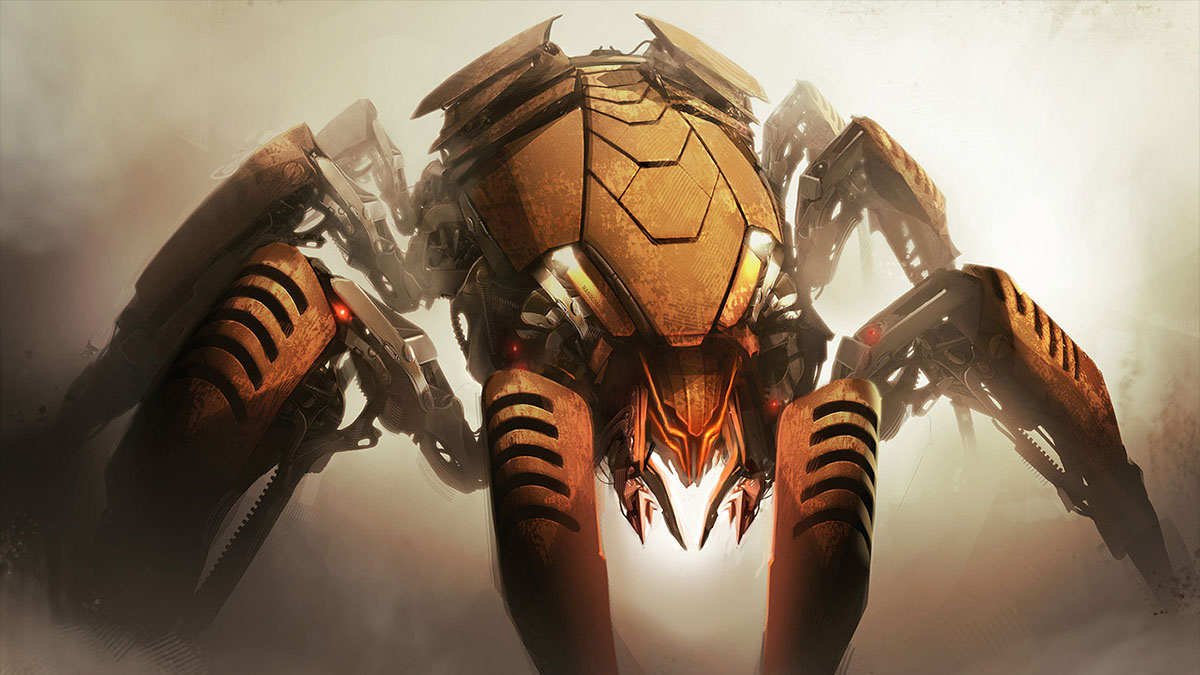are insects the first step in creating a.i.?

We don’t like insects. Besides their annoying and sometimes dangerous bites, alarming habits of carrying all sorts of diseases and bizarre body plans that seem to be completely alien compared to our familiar tetrapod arrangement, they also seem to be everywhere, trying to sink their mouthparts into just about everything, from our food to our flesh. And when we try to control their populations, they quickly evolve resistance to most of our chemical weapons and carry on an usual. Not even mass extinctions seem to bother them all that much. But hey, at least they’re just little eating machines which function solely by instinct, right?
Well, actually, it just so happens that scientists working with a number of insects found that bugs have some basic intelligence and their discoveries are making us question whether bigger is necessarily better when it comes to brainpower.
Usually when we think about intelligence, we think of primates and cetaceans with large brains teeming with between 85 and 200 billion neurons. However, we’ve known for a while that not every neuron is necessary for consciousness and intelligent thought and only some circuits of the brain actually perform cognitive tasks. So obviously, the bigger the brain, the more complex the cognitive circuits, the more elaborate the intellect and if whales had appendages could use tools the way we do, they’d be building interstellar spaceships by now as their immense intellects drove them to explore the universe, right?
In one of nature’s curveballs, it turns out that things aren’t quite that simple. Instead, large brains tend to have a lot of repetition of the same sets of neuron circuits. And that doesn’t necessarily equate to intelligence since all those repetitions are now thought to be needed to increase the amount of control large animals like us have over our bodies by enabling much more processing to be done for everything from fine motor skills to decision-making, kind of like a computer designed to perform more tasks may need more memory and CPUs.
But a small organism doesn’t have so many cells to control and can fit some very elaborate mental circuitry in a pinhead sized brain. Several hundred neurons give the ability to count. A few thousand create sentient, and perhaps even sapient, thought. If that’s really the case, then it seems that we’re barking up the wrong tree with cognitive computing concepts and AI projects. Instead of trying to simulate huge numbers of neurons, then bragging about it as a step towards emulating real brainpower, we should focus on those individual circuits and model the brains of insects rather than mammals.
The results won’t be a charming humanoid intellect of science fiction but a working underpinning which can be used to build up more elaborate functions which we know exist in insects at some level but not to the extent it’s present in our brains, like high level abstraction. It would be a much more feasible project, something that could possibly be done on a high end laptop instead of giant and every expensive supercomputers. Still, there will be a big question of how much of a leap would need to be made between being able to count and recognize faces (something we can already program just about any robot to do), and performing complex analytical tasks.
This is where modeling an insect brain with just under a million neurons could help us by showing how these processes are done on a very fundamental level. The next hurdle will be to determine whether we can take the results of our reconstructions and simulations and ramp them up. Regardless of whether we could do that or not, we may learn something about the evolution of intelligence. Mainly, we can ask if arthropod cognition — or in this case we should say hexapod since we’re dealing with insects — fundamentally different from cognition that evolved in chordates like us, or are all brains just different incarnations of the same thing?





